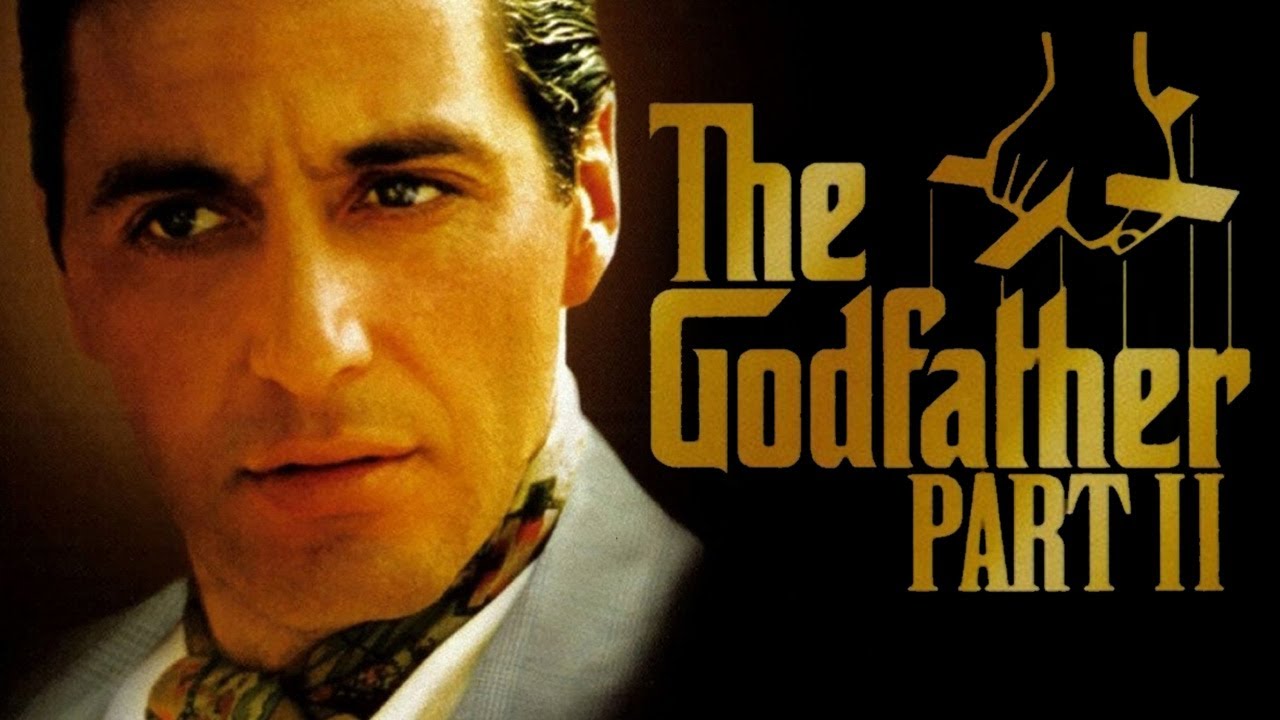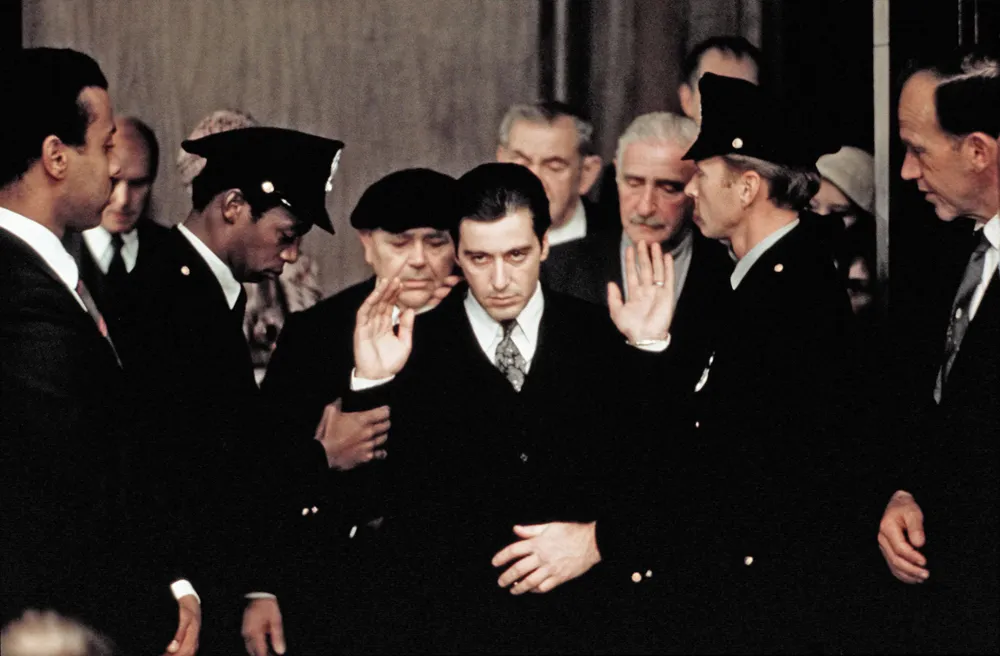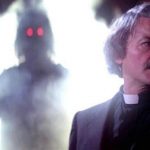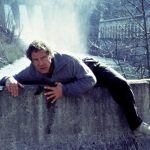🎬 The Godfather Part II (1974)

The Godfather Part II stands as a monumental achievement in cinematic history, expertly directed by Francis Ford Coppola and often hailed as one of the greatest films ever made. A sequel and a prequel to the iconic The Godfather, this film delves deeper into the complexities of the Corleone family, exploring themes of power, betrayal, and the American Dream.
Plot Overview
The narrative unfolds in two parallel storylines: one follows Michael Corleone (Al Pacino) as he expands the family’s crime empire in the 1950s, while the other traces the early life of his father, Vito Corleone (Robert De Niro), from his childhood in Sicily to his rise in New York City.
Michael’s Journey
As the newly appointed head of the Corleone family, Michael struggles to maintain control amidst growing threats from rival families and betrayal within his own ranks. His increasing ruthlessness leads to pivotal decisions that alienate him from his family, highlighting the moral decay that accompanies his quest for power.
Vito’s Origin

In a series of flashbacks, we witness Vito’s transformation from a vulnerable immigrant to a formidable crime lord. His journey is marked by resilience and cunning, showcasing how personal loss and ambition shaped his character and values.
Key Themes
- Power and Corruption: The film explores how power corrupts individuals and families, with Michael’s descent into moral ambiguity contrasting with Vito’s more principled approach.
- Family and Loyalty: The importance of family ties is a central theme, as Michael’s actions create rifts within his family, ultimately leading to tragic consequences.
- The American Dream: Both Michael and Vito’s stories reflect the complexities of the American Dream, portraying the sacrifices and moral compromises made in pursuit of success.
Character Development
- Michael Corleone: Michael’s evolution from a reluctant heir to a cold, calculating leader is masterfully portrayed. His internal struggle with identity and morality resonates deeply, making his tragic path all the more compelling.
- Vito Corleone: Robert De Niro’s portrayal of a young Vito brings depth to the character, showing his early kindness and strategic thinking, juxtaposed against the harsh realities of his world.
- Fredo Corleone: The character of Fredo (John Cazale) becomes a tragic figure as his loyalty and weaknesses are exploited, leading to devastating betrayals.
Cinematic Techniques

The film employs stunning cinematography by Gordon Willis, known for its rich color palettes and dramatic lighting, which enhances the film’s mood and themes. The use of flashbacks is skillfully integrated, allowing the audience to draw connections between the two timelines.
Soundtrack and Sound Design
Nino Rota’s haunting score elevates the emotional impact of the film, with iconic motifs that resonate throughout key moments. The sound design intricately blends dialogue and ambient noise, immersing the audience in the gritty world of organized crime.
Impact and Legacy
The Godfather Part II received critical acclaim, winning six Academy Awards, including Best Picture and Best Director. It is celebrated for its storytelling, character depth, and thematic complexity, influencing countless films and television shows in the years that followed.
Perfect For Fans Who Enjoyed:
- The Godfather – For its continuation of the Corleone saga and character development.
- Goodfellas – For its exploration of organized crime and complex characters.
- Scarface – For its themes of ambition and the consequences of power.
In conclusion, The Godfather Part II is a cinematic masterpiece that masterfully intertwines two powerful narratives, offering profound insights into the nature of power, family, and the human condition. Its legacy endures as a testament to the art of filmmaking and storytelling, solidifying its place in the pantheon of great cinema.











